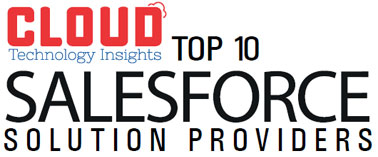These mentioned practices may seem time-consuming and a lot of effort but trust me, they are vital for the development and growth of a multi-cloud environment
Fremont, CA: The multi-cloud space has become a conventional aspect of enterprise IT environments, and CIOs need to have a better picture of business objectives, restrictions, and deliverables.
However, multi-cloud is not a universal method for every organization as each of them has to build its multi-cloud roadmap for their unique business needs. Here are ten practices to manage a multi-cloud environment.
Simplified Vendor Management
The multicloud idea includes a vast spectrum of technology vendors for colocation services. Vendor management carries the threat of becoming disjointed, leading to loss of control and increasing business risks.
Strong Integration Framework
Incorporating on-premise setups in a multicloud environment is difficult because of the many additional integration points between on-premise and data stores through third-party cloud-based applications and services. Merging applications on the same cloud infrastructure are less complicated.
Map Workloads to Cloud Services
When developing a strong multicloud strategy, mapping workloads is vital as it allows the right infrastructure parts and cloud services distributed to the right business need. It also allows IT teams to determine effective SLAs according to specific needs on data privacy, uptime, latency, quick scalability, real-time course, batch processing, etc.
 Develop Consistent Security Policies
Develop Consistent Security Policies
As a wide range of IT resources is utilized, data privacy and security will become a significant concern in a multicloud space. Keeping the enterprise perimeter secure is complex, so IT decision-makers need to centralize and normalize security policies across the enterprise. They may require partnering with managed security service providers (MSSSPs) to unite their security environment.
Drive Usability and Adoption
With a dynamic multi-cloud ecosystem, companies need to put solid change management efforts to boost adoption. IT teams also need to make sure that behaviors and expectations are delivered in the evolving multicloud set up.
Check Out This : EnerConnex
Centralize IT Governance
Companies require robust cloud management that allows teams to provision and de-provision cloud services, manage traffic, monitor performance parameters, organize services, and auto-scale. An enhanced multi-cloud platform environment will bring on-premise systems, assemble infrastructure, and DCs within a common management platform.